An ancient network of roads once spanned across Eurasia from the Mediterranean Sea, all the way to Japan, from Asia to Africa, and from Southern Europe to the Middle East. Through lowlands, underpasses, and overpasses the road led hundreds of merchants on their way to make a living.
The merchants carried with them silk, spices, and even horses; this is what gave this trade route the name The Silk Road. And following one of these routes, one will inevitably get to Niya; a vast and impressive commercial center that was once situated in an oasis in the southern part of the Taklamakan Desert.
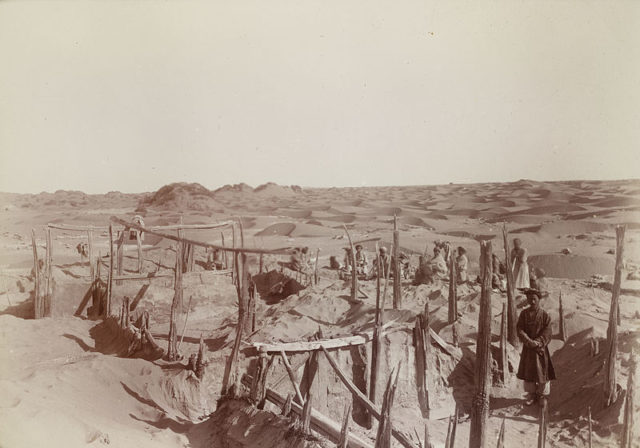
One thing is certain: the city is old. It was even mentioned in the Book of Han, a book about the history of China covering hundreds of years, from 206 BCE to 23 CE. Today, the ruins of Niya are a tourist destination and archaeological site. Following archaeological finds, the history of Niya has much to offer, for the story about this place is shrouded in mystery.
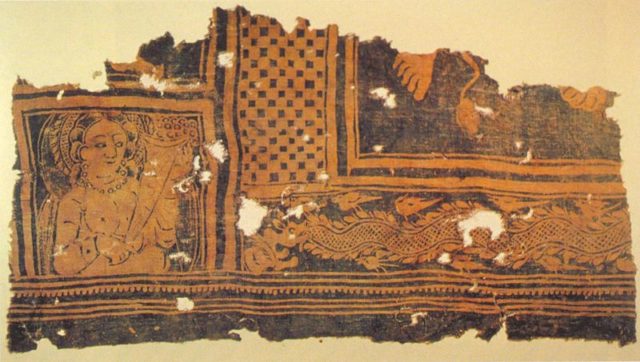
According to historians, the denizens of Niya left their city at extremely short notice; some scholars believe that they left so fast that they even left their dogs tied up in front of their dwellings. What led to this sudden desertion is still a mystery today. As years passed, the city was slowly reclaimed by the desert.
It remained hidden for many years until one day it was rediscovered by Sir Marc Aurel Stein in 1901. Stein came to this area on purpose, for he had followed the writings of Xuanzang, a Buddhist monk of Chinese origin who lived sometime during the 7th century. His idea was to look for a lost city that he had read about in ancient writings. And once there, Stein found a number of artifacts that made him sure that this was the place he was looking for.
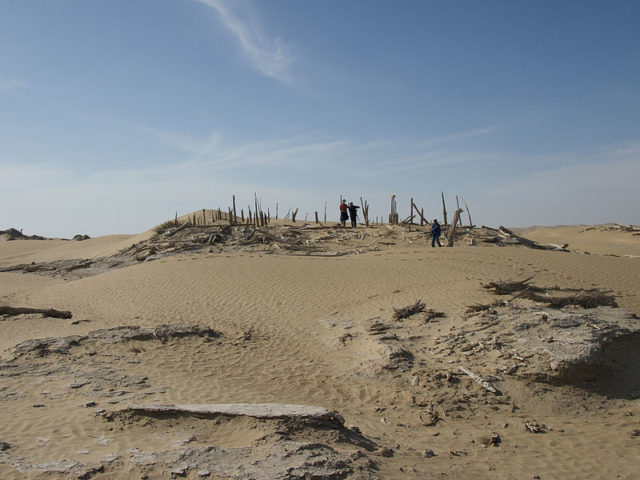
After some initial digging, Niya emerged; named in honor of the River Niya. The city itself spread across 25 kilometers of land that once belonged to the Kingdom of Jingjue; this ancient kingdom was known to be a city-state and for this very reason some modern scholars prefer to use “the ruins of Jingjue” in lieu of “the ruins of Niya.”
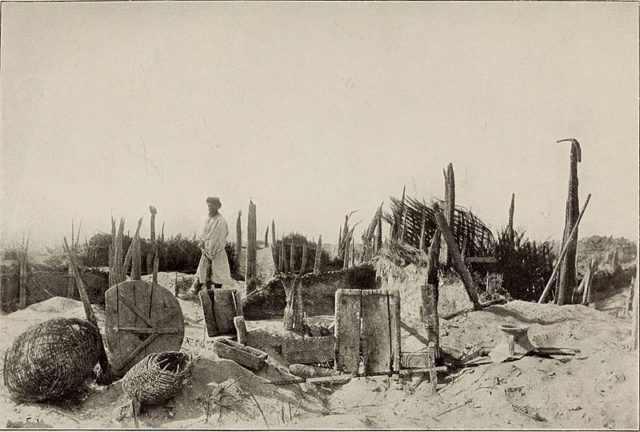
And what the archaeologists managed to find here was sufficient enough to conclude that this city was truly an important part of the Silk Road trading route. Following what was written in the Book of Han, this city had almost 500 households and around 3,360 residents. The city also had an army comprised of 500 men. It became part of the Shanshan Kingdom during the reign of the Eastern Han Dynasty.
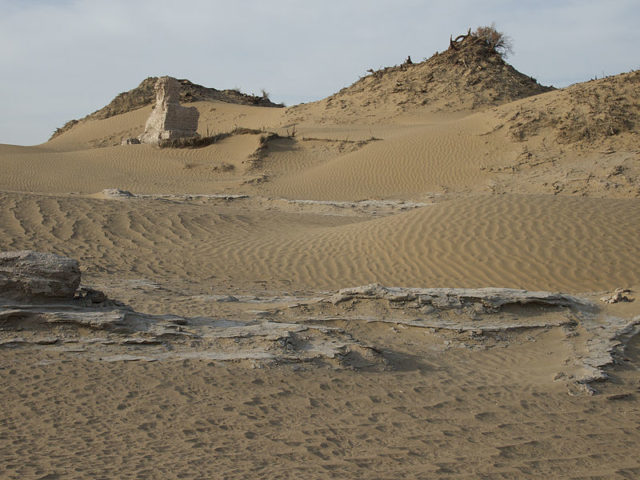
The excavation of Niya has been offering up buried treasures such as one hundred wooden tablets written in what is known as the Kharosthi script – a form of writing used in ancient India – or a number of old coins and documents that help untangle the mysteries behind Niya.
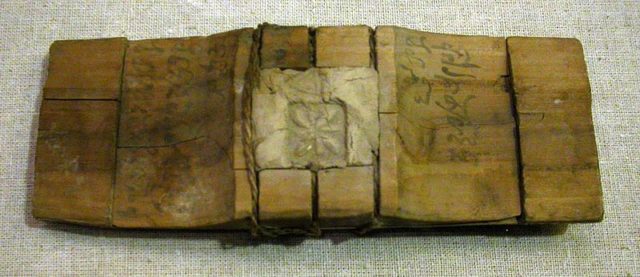
The archaeologists even found an old mousetrap, coins of Roman origin, an ancient cane, private letters, a custom-made rug, lots of pottery, and a beautifully carved wooden stool, which was an impressive find given the fact that it was buried for hundreds of years and that cutting down trees was forbidden in Niya, an oasis in the desert where trees were scarce.
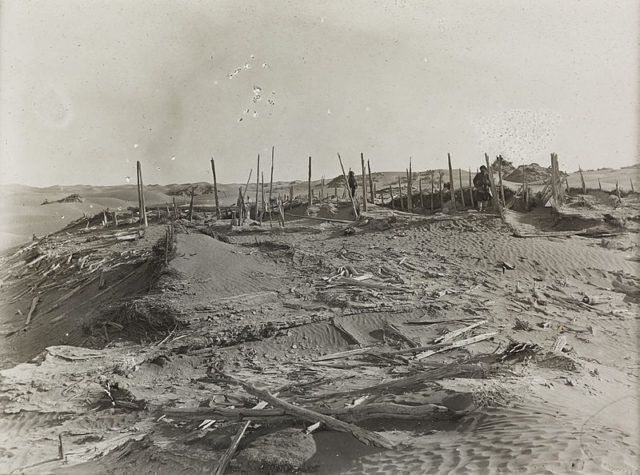
Once its residents left for reasons still unknown to scholars, Niya was slowly claimed by the desert sands, and the sillage of ancient spices and oils was lost amid the desert winds. But what really forced these people to leave remains a mystery.
